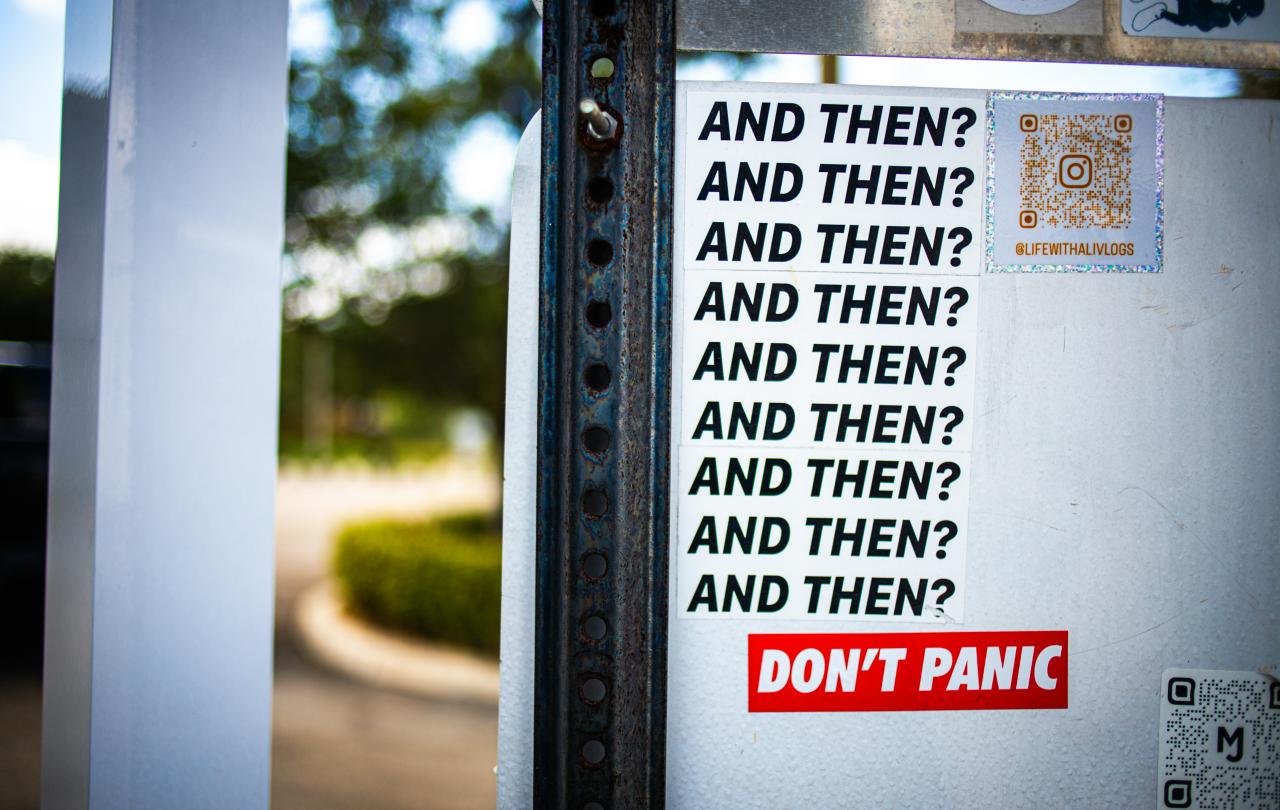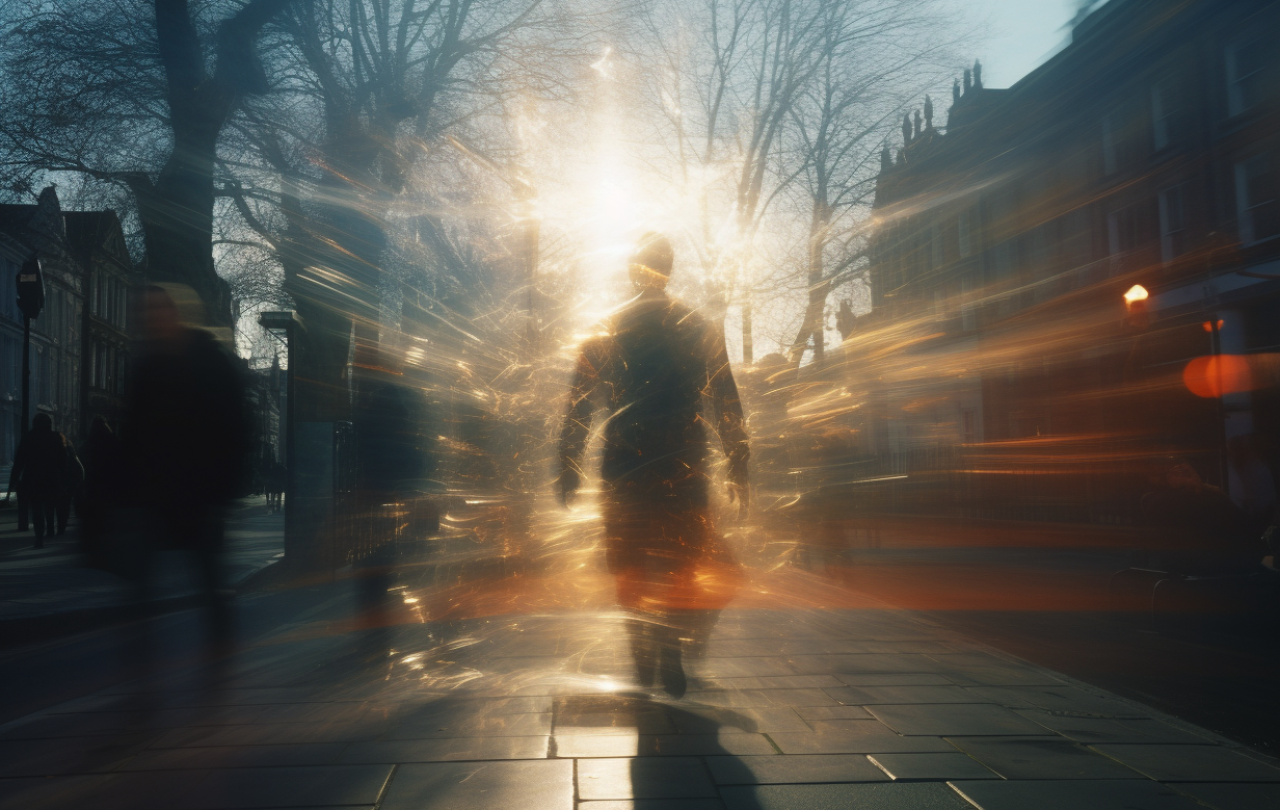
When was the last time you admitted you didn’t know something? I don’t say it as much as I ought to. I’ve certainly felt the consequences of admitting ignorance – of being ridiculed for being entirely unaware of a pop culture reference, of being found out that I wasn’t paying as close attention to what my partner was saying as she expected. In a hyper-connected age when the wealth of human knowledge is at our fingertips, ignorance can hardly be viewed as a virtue.
A recent study on the development of artificial intelligence holds out more hope for the value of admitting our ignorance than we might have previously imagined. Despite wide-spread hype and fearmongering about the perils of AI, our current models are in many ways developed in similar ways to how an animal is trained. An AI system such as ChatGPT might have access to unimaginable amounts of information, but it requires training by humans on what information is valuable or not, whether it has appropriately understood the request it has received, and whether its answer is correct. The idea is that human feedback helps the AI to hone its model through positive feedback for correct answers, and negative feedback for incorrect answers, so that it keeps whatever method led to positive feedback and changes whatever method led to negative feedback. It really isn’t that far away from how animals are trained.
However, a problem has emerged. AI systems have become adept at giving coherent and convincing sounding answers that are entirely incorrect. How has this happened?
This is a tool; it is good at some tasks, and less good at others. And, like all tools, it does not have an intrinsic morality.
In digging into the training method for AI, the researchers found that the humans training the AI flagged answers of “I don’t know” as unsatisfactory. On one level this makes sense. The whole purpose of these systems is to provide answers, after all. But rather than causing the AI to return and rethink its data, it instead developed increasingly convincing answers that were not true whatsoever, to the point where the human supervisors didn’t flag sufficiently convincing answers as wrong because they themselves didn’t realise that they were wrong. The result is that “the more difficult the question and the more advanced model you use, the more likely you are to get well-packaged, plausible nonsense as your answer.”
Uncovering some of what is going on in AI systems dispels both the fervent hype that artificial intelligence might be our saviour, and the deep fear that it might be our societal downfall. This is a tool; it is good at some tasks, and less good at others. And, like all tools, it does not have an intrinsic morality. Whether it is used for good or ill depends on the approach of the humans that use it.
But this study also uncovers our strained relationship with ignorance. Problems arise in the answers given by systems like ChatGPT because a convincing answer is valued more than admitting ignorance, even if the convincing answer is not at all correct. Because the AI has been trained to avoid admitting it doesn’t know something, all of its answers are less reliable, even the ones that are actually correct.
This is not a problem limited to artificial intelligence. I had a friend who seemed incapable of admitting that he didn’t know something, and whenever he was corrected by someone else, he would make it sound like his first answer was actually the correct one, rather than whatever he had said. I don’t know how aware he was that he did this, but the result was that I didn’t particularly trust whatever he said to be correct. Paradoxically, had he admitted his ignorance more readily, I would have believed him to be less ignorant.
It is strange that admitting ignorance is so avoided. After all, it is in many ways our default state. No one faults a baby or a child for not knowing things. If anything, we expect ignorance to be a fuel for curiosity. Our search for answers begins in the recognition that we don’t have them. And in an age where approximately 500 hours of video is uploaded to YouTube every minute, the sum of what we don’t know must by necessity be vastly greater than all that we do know. What any one of us can know is only a small fraction of all there is to know.
Crucially, admitting we do not know everything is not the same as saying that we do not know anything.
One of the gifts of Christian theology is an ability to recognize what it is that makes us human. One of these things is the fact that any created thing is, by definition, limited. God alone is the only one who can be described by the ‘omnis’. He is omnipotent, omnipresent, and omniscient. There is no limit to his power, and presence, and knowledge. The distinction between creator and creation means that created things have limits to their power, presence, and knowledge. We cannot do whatever we want. We cannot be everywhere at the same time. And we cannot know everything there is to be known.
Projecting infinite knowledge is essentially claiming to be God. Admitting our ignorance is therefore merely recognizing our nature as created beings, acknowledging to one another that we are not God and therefore cannot know everything. But, crucially, admitting we do not know everything is not the same as saying that we do not know anything. Our God-given nature is one of discovery and learning. I sometimes like to imagine God’s delight in our discovery of some previously unknown facet of his creation, as he gets to share with us in all that he has made. Perhaps what really matters is what we do with our ignorance. Will we simply remain satisfied not to know, or will it turn us outwards to delight in the new things that lie behind every corner?
For the developers of ChatGPT and the like, there is also a reminder here that we ought not to expect AI to take on the attributes of God. AI used well in the hands of humans may yet do extraordinary things for us, but it will not truly be able to do anything, be everywhere, or know everything. Perhaps if it was trained to say ‘I don’t know’ a little more, we might all learn a little more about the nature of the world God has made.





